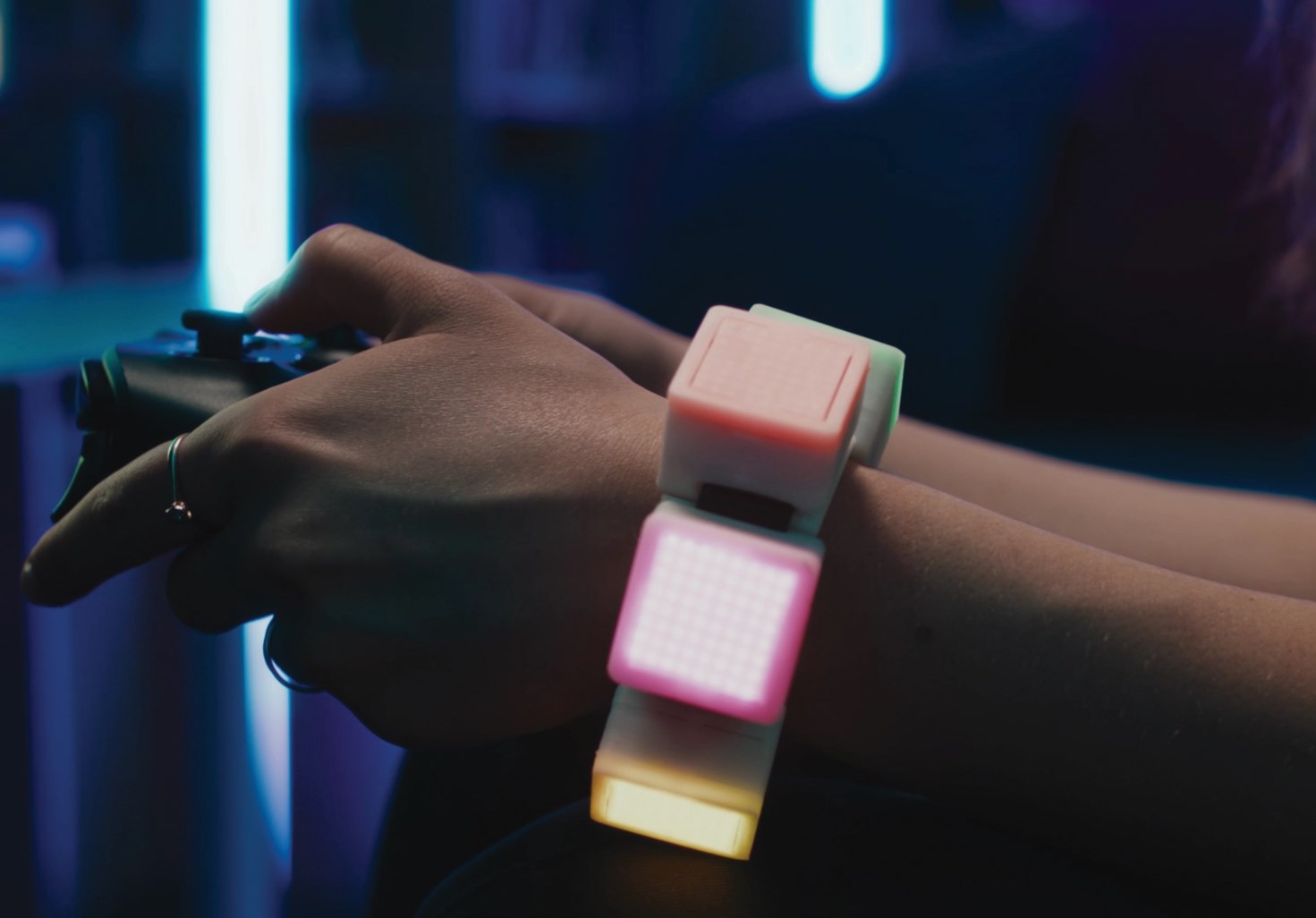Abstract
The present design challenges in computational fashion wearables (CFWs)increasingly focus on aesthetics and fashionability, as social acceptance often outweighs purely functional concerns. Since CFWs engage directly with social bodies, aesthetic considerations are becoming central in their adoption and cultural resonance. While existing literatur eextensively addresses technical aspects, aesthetic-focused research remains limited. This pictorial addresses that gap by examining CFW projects from academic contexts through a Visual Literature Review (VLR) and reflexive thematic analysis (RTA). Using freehand sketching as an analytical and generative tool, we annotated and synthesized a portfolio of prototypes, drawn from our previous literatu rereview on CFWs, identifying three design directions—Augmented Expressions, Dialogic Expressions, and Ambiguous Expressions. These directions highlight how computational and fashion elements can be integrated to enhance expression, foster interaction, and embrace interpretive ambiguity. The findings offer actionable insights for designers and researchers, positioning aesthetics as a decisive factor in shaping future CFW innovation.
*fashion sketches were illustrated by Shiva Jabari
Role: Supervisor
Type: Pictorial
Conference: Proceedings of the 28th International Academic Mindtrek Conference
Stats: h5-index:18
Date: 2025
Co-Authors: Shiva Jabari, Asif Shaikh, Çağlar Genç, Johanna Virkki and Juho Hamari
.jpg)
.jpg)
.jpg)

.jpg)
.jpg)
.jpg)
.jpg)
.jpg)
.jpg)
.jpg)
.jpg)
.jpg)
.jpg)